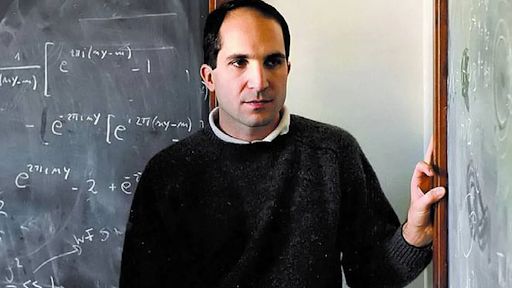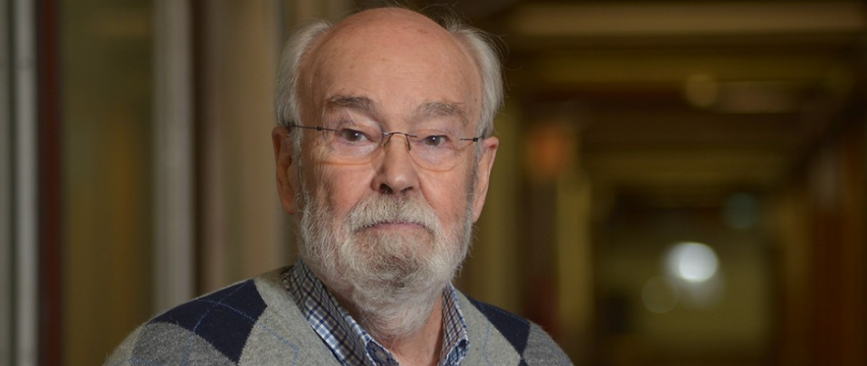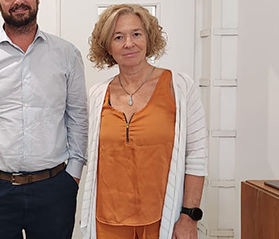Juan Martín Maldacena was born on September 10, 1968, in Buenos Aires and is an Argentine researcher recognized for his contributions to the field of theoretical physics. He is internationally renowned for his work, particularly the “Maldacena Conjecture.”
His name is especially significant in discussions about string theory, which, along with his research, has earned him multiple distinctions throughout his scientific career.
Early steps in science
Maldacena began his studies at the University of Buenos Aires (UBA) in 1986 but transferred two years later to the Instituto Balseiro in Bariloche, Río Negro Province. This institution is known for its high-level training in physics, mathematics, and other scientific fields.
In 1991, he earned his bachelor’s degree in physics from Instituto Balseiro. He continued his education with postgraduate studies and later completed a postdoctoral fellowship at Rutgers University in New Jersey, United States. His academic career also included teaching at Harvard University, where he was first an associate professor and later promoted to full professor.
The Maldacena Conjecture
Maldacena gained international attention after presenting his now-famous conjecture at a major annual physics conference. The “Maldacena Conjecture,” also known as the Maldacena duality, establishes a connection between two different physical theories: anti-de Sitter (AdS) space and conformal field theories (CFT).
This duality is closely related to string theory, a set of hypotheses in theoretical physics suggesting that subatomic particles can be described as vibrational states. Maldacena’s work has made important contributions to both quantum gravity and quantum field theory by linking the two frameworks and offering deeper understanding of black holes and their quantum behavior.
Quantum gravity aims to describe the fundamental forces of nature, while quantum field theory applies quantum mechanics to study continuous field systems. His presentation, and the resulting conjecture, was highlighted by The New York Times in 1998, underscoring its global significance.
A distinguished career
Throughout his career, Maldacena has received numerous awards and recognitions. Thomson Reuters’ Intellectual Property & Science named him one of the world’s most influential scientific minds, based on the frequency of citations to his work.
He has received several prestigious medals, including the Lorentz Medal, the Albert Einstein Medal, and the Galileo Galilei Medal.
The Lorentz Medal, awarded by the Royal Netherlands Academy of Arts and Sciences, recognizes major contributions in theoretical physics. The Albert Einstein Medal, granted by the Albert Einstein Society in Bern, is given to individuals who have rendered services connected with Einstein’s legacy. The Galileo Galilei Medal, awarded by the Italian National Institute for Nuclear Physics (INFN) and the Galileo Galilei Institute (GGI), was first presented to Maldacena for his groundbreaking ideas in theoretical physics.
In addition, he was awarded the Yuri Milner Prize, which granted him three million dollars, created to honor achievements in fundamental physics.
Scientific production and affiliations
Maldacena is the author of more than one hundred scientific publications and a member of several prominent scientific organizations, including the National Academy of Sciences, the Pontifical Academy of Sciences of the Vatican, and the Scientific Council of the International Center for Theoretical Physics in the United States, among others.
Legacy in theoretical physics
Maldacena stands out as one of Argentina’s most important scientists in the field of physics. His studies—spanning quantum gravity, quantum field theory, and string theory—have placed him at the forefront of global scientific research. His conjecture remains one of the most significant advances in theoretical physics, consolidating his reputation as a leading thinker in modern science.




